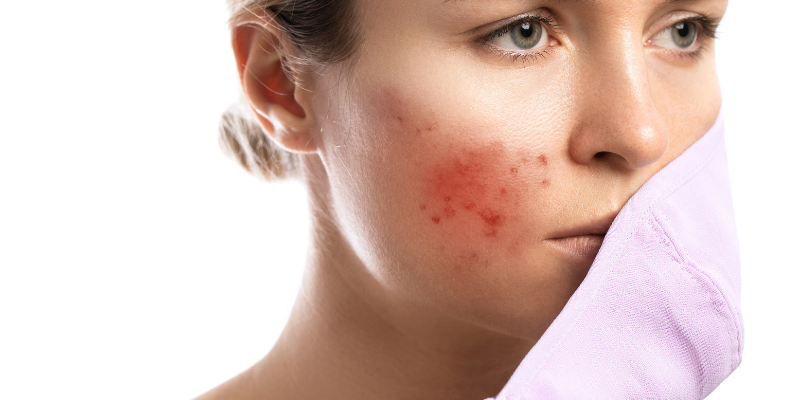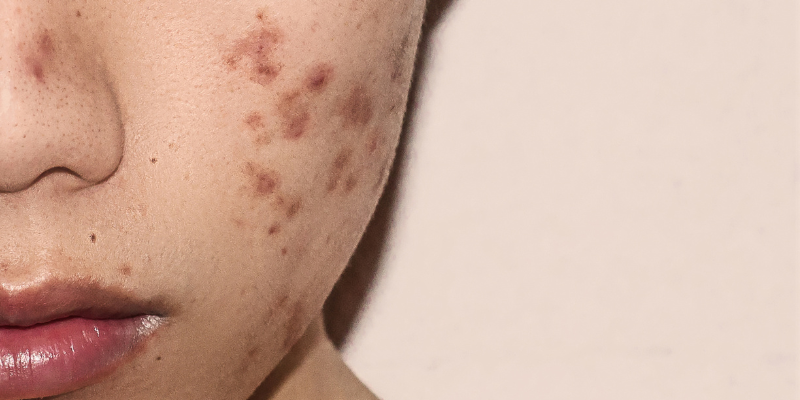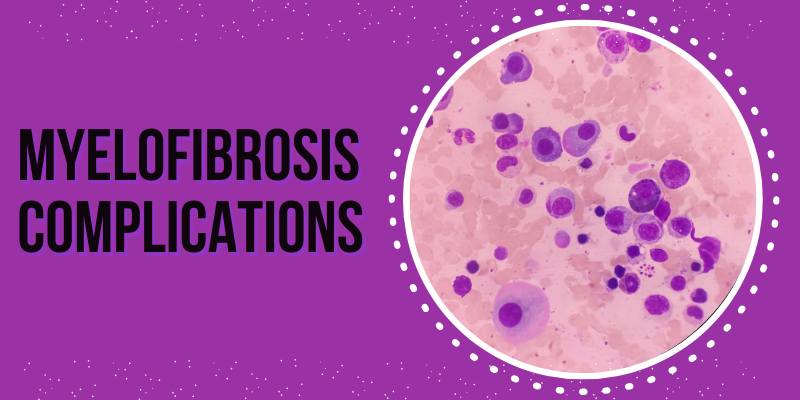How to Identify and Treat Steroid Acne
Acne is a widespread skin problem, but steroid acne is a very unique type caused by the use of corticosteroids or anabolic steroids. It usually manifests as sudden eruptions on the chest, back, and face, uniformly red bumps, pimples, or whiteheads. Steroid use increases sebum production, clogs pores, and suppresses the immune system, making the skin vulnerable to acne. This condition may arise after the commencement of steroids and might involve specific treatments. Understanding the possible causes, symptoms, treatments, topical treatments, and oral drugs coupled with lifestyle modifications can assist someone in dealing with this phenomenon and gain clear and healthier skin.
What Is Steroid Acne?
Steroid acne is the type of acne that occurs due to the intake of steroids. It can be either corticosteroids, which are used for various medical conditions, or anabolic steroids, which are taken for muscle building. Steroid acne usually has uniform red or pink bumps and may include pimples or whiteheads, unlike regular acne.

Causes of Steroid Acne: Detailed Explanation
Steroid acne occurs because steroids have a complicated action on the skin. Such actions include increased sebum production, changed skin cell turnover, weakened immunity, and hormonal imbalance. Here is a detailed explanation for each of these causes.
- Increased Production of Sebum
Steroids stimulate the sebaceous glands, which produce oil (sebum) to keep the skin hydrated. However, when steroids are introduced, these glands go into overdrive, producing excess sebum. This surplus oil mixes with dead skin cells and creates an ideal environment for Cutibacterium acnes (formerly Propionibacterium acnes), the bacteria responsible for acne. As a result, clogged pores and inflamed breakouts become more frequent.
- Altered Skin Cell Turnover
In healthy skin, dead skin cells are constantly shed and replaced by new ones. Steroids interfere with this natural process by slowing the turnover. This causes an accumulation of dead skin cells on the surface, which combines with the excess sebum. The resulting clogged pores provide ideal conditions for acne since the mixture traps bacteria and dirt beneath the skin.
- Immune System Suppression
Corticosteroids, used for anti-inflammatory effects in various medical conditions, are immunosuppressors. Immunosuppression leaves the skin more susceptible to acne-producing bacteria and also exacerbates the condition of already present acne. Furthermore, a diminished immune response will delay the resolution of acne lesions, which can prolong an outbreak.
- Hormonal Imbalance
Anabolic steroids are used in bodybuilding and are a mimic of androgens, male sex hormones that produce significant actions in generating sebum. When the androgen levels increase, it is associated with a peak increase in oil production, leading to worse and longer-lasting acne. This hormonal change is sometimes followed by painful cystic acne, a more inflamed and deeper version of the condition, making the treatment more difficult.
How to Treat Steroid Acne
Steroid acne treatment requires a holistic approach that involves the underlying cause and the manifestations. Below is a detailed breakdown of effective treatment strategies:
Discontinuation of Steroid Use
The first and most impactful step in treating steroid acne is to discontinue or reduce the use of steroids, provided it is safe and medically appropriate.
Corticosteroids: If you are on corticosteroids for any disease, you must talk to your doctor about discontinuing them. Your physician may alter the dosage or switch you to a lesser strength of the same drug.
Anabolic Steroids: Decreasing or ceasing anabolic steroids, typically prescribed for bodybuilding, can drastically alleviate the severity of acne. Stopping anabolic steroids will correct the hormonal imbalance, resulting in decreased sebum secretion and, thus, fewer acne outbreaks.

Topical Therapies
Topical remedies are a good first line of treatment to keep steroid acne under control, focusing their work on the skin to decrease inflammation, kill bacteria, and keep pores clear.
Benzoyl Peroxide: An antibacterial agent that kills Cutibacterium acnes, the bacteria causing acne, reduces inflammation and can dry out active pimples. Use it in 2.5% to 5% concentration to minimize the irritation in the skin.
Salicylic Acid : Known for its exfoliating property, salicylic acid reaches deep into pores to dissolve dead skin cells and excess oil, thereby preventing the formation of new acne.
Retinoids : Retinoids such as tretinoin improve skin cell turnover, initiating the growth of new healthy skin cells. This prevents clogging up pores and is also used to fade post-acne marks.
Oral Medications
For moderate to severe cases of steroid acne, oral medications may be prescribed. These treatments address deeper issues such as inflammation, bacterial infections, and hormonal imbalances.
Antibiotics: Oral antibiotics like doxycycline or minocycline help reduce bacterial growth and calm inflammation. They are typically prescribed for a limited duration to avoid bacterial resistance.
Isotretinoin (Accutane): For severe, resistant cases, isotretinoin may be prescribed. This potent drug reduces sebum production and shrinks sebaceous glands, effectively treating even the most stubborn acne. However, it has significant side effects, such as dryness and potential liver impact, and requires close medical supervision.
Lifestyle Changes
Healthy lifestyle habits can improve the efficiency of treatments and prevent future breakouts.
Skincare Routine: Always use gentle, non-comedogenic cleansers and moisturizers that do not clog pores. Generally, avoid harsh scrubs or drying things that make the skin sad and irritate it even more.
Balanced Diet : While some foods, high in sugar and dairy, actually increase acne in some persons, a diet rich in fruits, vegetables, lean protein sources, and whole grains is best to focus on. Foods with anti-inflammatory properties, such as omega-3 fatty acids, are helpful. Enough water in one's body hydrates one's skin and helps the human body cleanse itself.
Conclusion
Steroid acne is a challenging condition, but with the right approach, it can be managed. From knowing its causes to effective treatments, one can take proactive steps toward reclaiming mastery of the skin. Consult healthcare professionals before doing anything different with medication or treatment.











